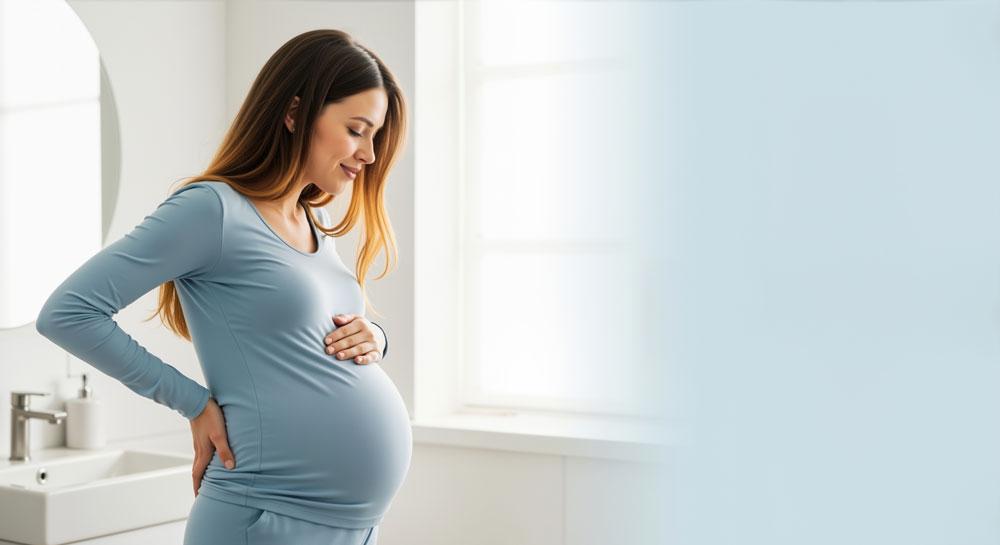Covid-19 is the catalyst for change in health provision as patients demonstrate strong appetite for virtual care that’s here to stay, argues Alan Lowe
As the UK continues to emerge cautiously from Covid-19 lockdown, it’s important to remind ourselves that while the virus may be in abeyance it has by no means gone away. The reality is that until there are a range of effective drug treatments and new vaccines Covid-19 will continue to be a major threat to health. Near to medium term the virus will carry on putting the NHS and healthcare providers around the world under considerable strain. Startling figures produced by the NHS Confederation recently highlighted that the NHS waiting list could reach 10 million by the end of 2020 or even higher if there is a second wave.
The NHS has of course adapted itself remarkably quickly to coping with Covid, rapidly diverting resources to tackle the disease effectively and up taking virtual care and video consultations in GP surgeries, hospitals and clinics with greater speed than previously. However, there is still the opportunity for decision makers within healthcare to consolidate digital systems to drive more efficient outcomes.
The fact of the matter is that video collaboration platforms have been adopted with alacrity during the coronavirus pandemic, allowing patients to continue to consult their GPs and specialist hospital doctors while face to face meetings have not been possible.
There have been other benefits of this technology. Online image sharing has enabled clinicians from multiple geographies to continue to collaborate or work together in Multi-Disciplinary Teams, pooling their expertise and advice on some of the most difficult patient cases.
The technology also enables unlimited numbers of attendants at web-based symposiums and seminars that would ordinarily be physical events with limited access, mostly on the grounds of the time costs spent away from the workplace.
In short, recent events have driven catalytic change for virtual care, taking it from niche to mainstream in a matter of months. The extent of its impact is apparent in the numbers. In the UK, online medical consultations have risen from two per cent before the pandemic was declared in early March to 80 per cent during April.
Southern Health NHS Foundation Trust, one of the 27 NHS Trusts Visionable partners with reported that there were 5,192 video appointments in April totalling 169,634 minutes. Visionable saw first-hand this unprecedented demand, increasing video conferencing hours by 1,607 per cent, facilitating 4,200 hours of patient consultations and onboarding 16,00 NHS staff in the use of video streaming technology in the first four weeks after lockdown began in the UK. And this spike in demand is not limited to the UK. According to a McKinsey survey in April, in the US 46 per cent of consumers have used telehealth technologies in 2020 compared to 11 per cent in 2019.
While Covid may have been the catalyst for its rapid increase in usage in the NHS, healthcare technologies already in use also enable experts in specialist fields of medicine, say the treatment of strokes, to diagnose and recommend treatments for patients even before they’ve been admitted to a hospital or stroke centre, rapidly improving patient outcomes in the process.
At the moment, Visionable is trialling out technologies in ambulances in collaboration with O2 in the UK, effectively turning them into mobile A&E facilities with 5G technology, where paramedics can connect instantly to critical care team expertise whilst in the field. This is driving improvements in public safety by ensuring teams have the correct, most efficient technological support available.
The merits of virtual care
For budget-conscious NHS managers, another strong point in telehealth’s favour is that it offers potentially significant savings in travel costs and with that the chance to cut carbon emissions, an important goal for governments everywhere wishing to be net carbon neutral. We estimate that each NHS trust using our technology can save up to 88 tonnes in CO2 emissions a year.
I believe that going forward, now that the merits of virtual care and patients’ willingness to engage through it are established, health providers have a choice to make about which technologies and applications should become its brand standard.
As a former NHS manager, I know that this is no small process. The NHS will have to decide which systems should be considered, and if adopted, how they can be rolled out organisation-wide and as well as how they can be further developed.
What is essential is when consolidating ageing software applications any decision must involve clinicians at all stages, garnering a wide range of views on the merits of particular technologies, their features, security and privacy, and functionality.
What the NHS will need to consider are universal standards in virtual care so that applications can become familiar to users. Ideally, any application chosen as a brand standard will be intuitive to use and easily mastered, including across its full range of functions and continually developed in partnership with the providers and medic users’ feedback and requests.
In my view, telehealth software solutions vary in terms of imaging quality and usability. To achieve a brand standard the software should allow all users on a video call to access the same high-quality imaging and be able to stream it without interruption, even when handling simultaneous data sharing from potentially unlimited numbers of participants. And the rollout of 5G in the UK will be an essential factor in the success of this.
Another prerequisite of the software should be that it is platform agnostic. Participants should be able to join calls without it depending on the make or model of their devices such as tablets, phones, PCs or laptops. Moreover, the software needs to be certified as safe and secure, so it guarantees the protection of patient privacy and highly confidential hospital or GP information and data.
In the end, perhaps what matters most is that virtual care technologies can continue to relieve pressure on overstretched medical staff, including GPs where there will be an estimated shortfall of 11,500 in a decade’s time.
To conclude, the pandemic has proved that people welcome being able to consult an expert medic even if that clinician is based many hundreds of miles away and is accessible via a screen rather than in person. It is essential that technology’s role in creating this transition, expanding the most essential resources in healthcare by saving clinician’s and GP’s time, plugging the skills gap and bridging distances is fully recognised. Now is the time for a full review of the virtual care software systems available, and some decisions will need to be taken by healthcare providers about the future role it will play in a future fit health system, even if social distancing measures are ultimately no longer necessary.
Alan Lowe, a former NHS manager and co-founder of Visionable.





